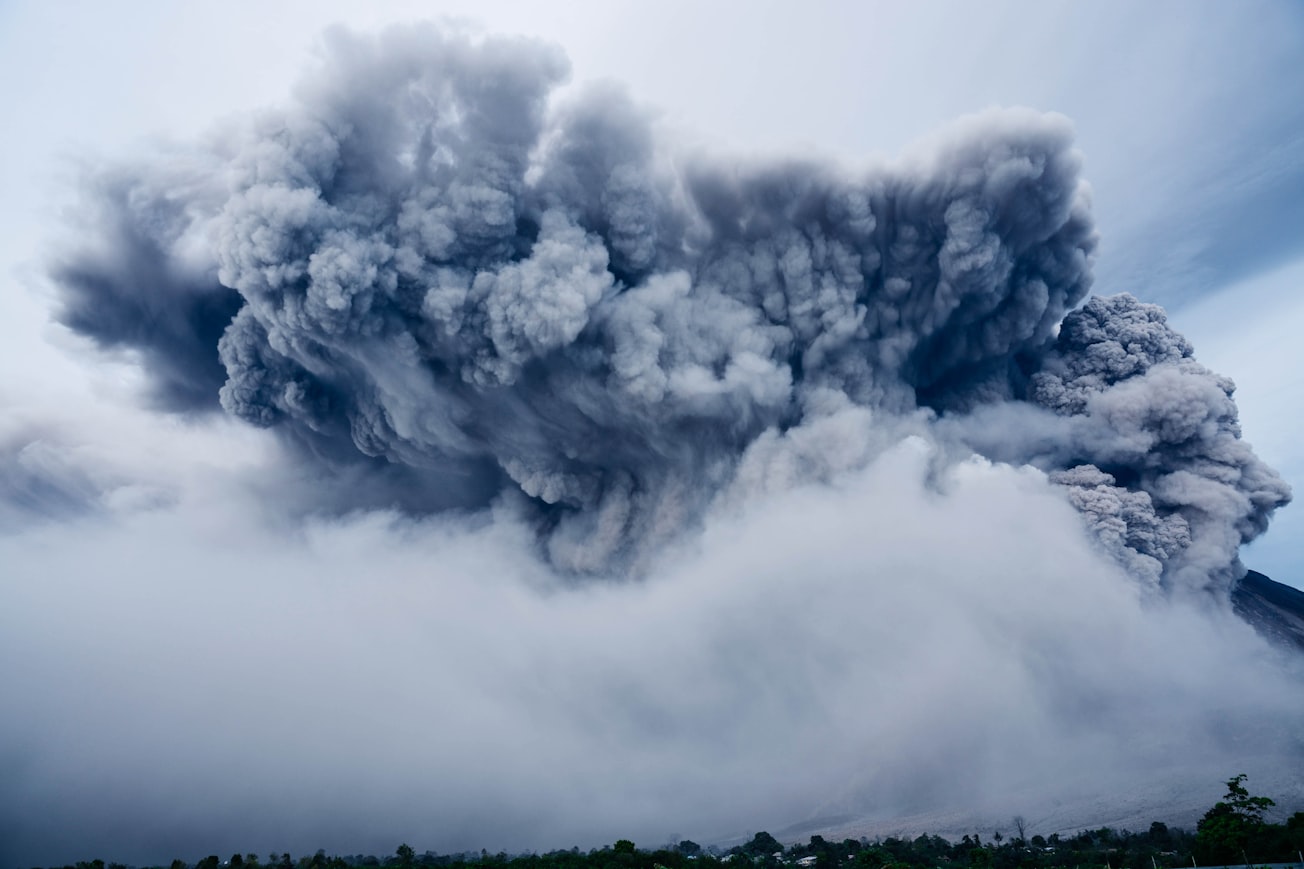What is it about?
This retrospective study reports data obtained by the Federal Police's National Institute of Criminalistics (INC-PF) relating to chemical analysis aimed at identifying explosives used in Automated teller machines (ATMs)/cash safes robberies between 2014 and 2020 in Brazil. 93 Real cases were studied and, based on the analysis carried out on the materials related to these cases, focusing on the type of explosive used, the following distribution profile was obtained: explosive mixtures based on chlorates and/or perchlorates (53%); explosive emulsion (22%); black gunpowder (13%); negative/inconclusive (11%) and organic - pentaerythritol tetranitrate (PETN) (1%).
Featured Image

Photo by Yosh Ginsu on Unsplash
Why is it important?
These results can contribute to investigations related to diversion/loss of explosives for criminal purposes, indicating, for example, through relationships between prevalence in the use of a certain type of explosive with a certain location, its possible origin (mining industry, explosive industries, fireworks factories, among others). The profile observed in the results can guide the selection of explosives to be studied in future research, as the possibilities are vast. Furthermore, despite the expressive number of occurrences in Brazil in the period of interest of this study, only a small fraction of samples was sent to the forensic chemistry laboratory to identify the explosive involved, which suggests that expanding chemical analysis should be encouraged in this field. In combination with an increase in professional training and collaboration trials between the laboratories, these activities can improve the chemical explosive's profile in Brazil, enabling the search for correlations between occurrences and contributing to the growth and development of this area.
Perspectives
We hope these results will encourage the Post-Blast Forensic Units to collect material for chemical analysis and to participate in training and collaborative trials in this field of study. Not only better training and knowledge would help improve case solution, it would certainly also be relevant to improve the profile map of the explosive types used over time and its geographic distribution in Brazil. Training initiatives have been carried out periodically through courses offered by the INC-PF to PF and state criminal experts, but actions to disseminate results and institutional cooperation can catalyze new collaborations that contribute to the growth and development of research in this field.
Lúcio Paulo Lima Logrado
National Institute of Criminalistics - Federal Police of Brazil
Read the Original
This page is a summary of: Profile of explosives's use in
ATMs
/cash safes robberies in Brazil, Journal of Forensic Sciences, May 2022, Wiley,
DOI: 10.1111/1556-4029.15056.
You can read the full text:
Resources
Contributors
The following have contributed to this page










